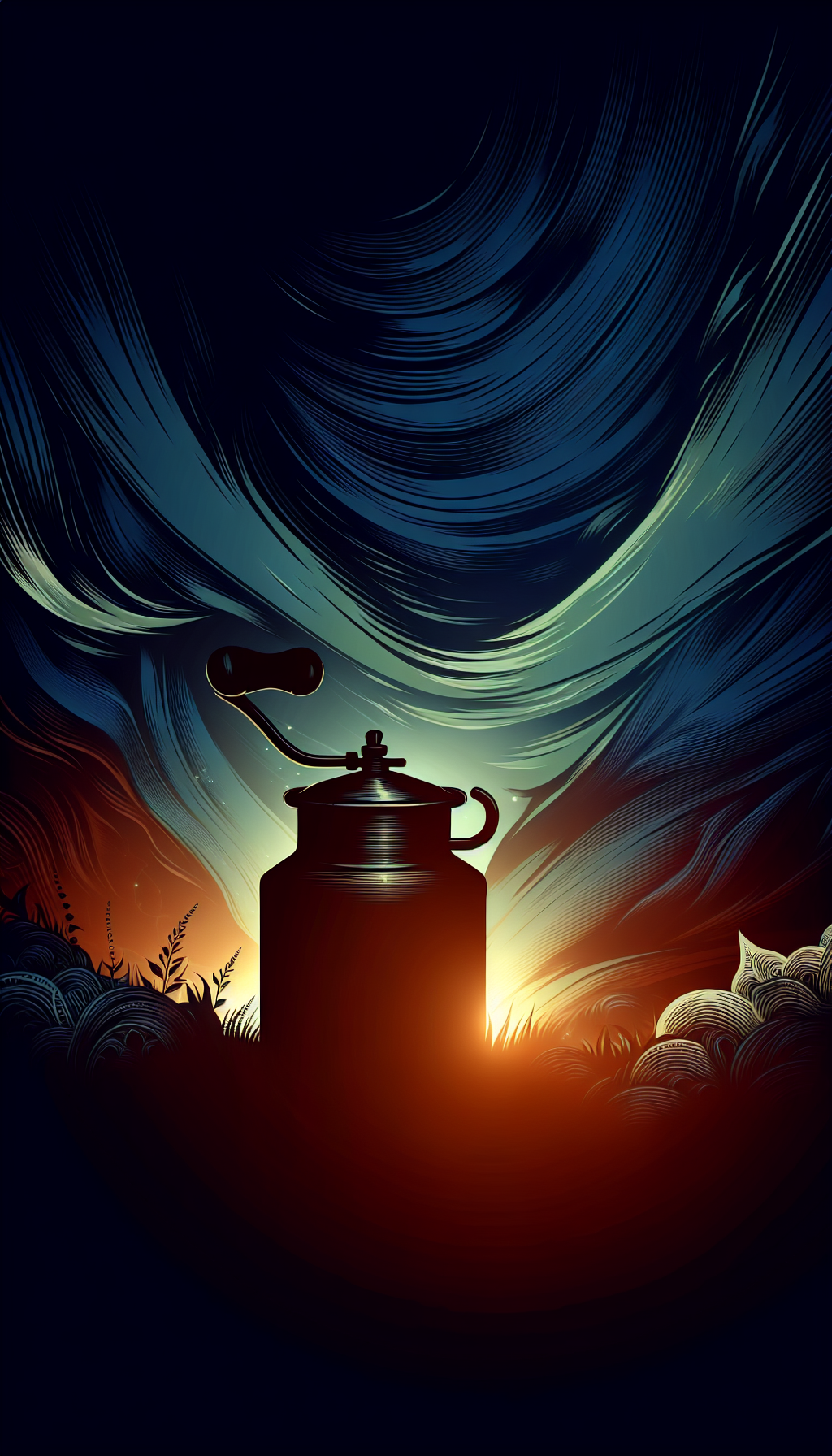Grammy 2007 Todd White Giclee With Remarque
A 2007 GRAMMY-themed Todd White giclée with remarque sits at the intersection of pop culture memorabilia and contemporary fine art printmaking. For appraisers and collectors, it presents a compelling case study in edition nuance, authentication, and market behavior. This guide explains what the piece is, how to identify and appraise it accurately, and how to care for and market examples effectively.
Quick context: Todd White and the 2007 GRAMMY artwork
Todd White is known for his stylized, witty figurative paintings—sharp lines, exaggerated features, and a theatrical sense of character. In 2007, for the 49th Annual GRAMMY Awards, he produced official artwork used by the Recording Academy for event branding and posters. Limited edition prints of these images—most commonly giclées on paper, sometimes on canvas—were issued through authorized channels, often signed and numbered by the artist. Select runs included remarques: small, hand-drawn additions by the artist that personalize each print and materially impact desirability.
Because the work ties to a major cultural event and a recognized contemporary artist, the “Grammy 2007 Todd White Giclee with Remarque” attracts both art print collectors and music memorabilia buyers. That cross-category appeal is a value driver when you’re evaluating demand and pricing.
What “giclée with remarque” really means
- Giclée: A fine art inkjet print using pigment-based inks on archival paper or canvas. Properly produced, giclées can have strong color fidelity and good lightfastness. In the Todd White market, giclées are a standard format for limited editions.
- Remarque: A hand-drawn sketch or embellishment by the artist, typically placed in the lower margin or sometimes on the verso. A true remarque is original, unique to that print, and executed by hand (pencil, pen, or paint). It is not a printed element.
- Edition structure: Expect a main numbered edition (e.g., 195–295 examples typical for contemporary prints), plus auxiliary categories like Artist’s Proof (AP), Printer’s Proof (PP), Hors de Commerce (HC), or a separate “deluxe” smaller edition. A remarqué subset may be a dedicated edition or offered as individually upgraded examples within the main edition.
Key takeaway: The remarque is not just decorative; it functions as a miniature original work that typically commands a premium over standard signed-and-numbered examples.
How to identify and authenticate a 2007 GRAMMY Todd White giclée with remarque
- Edition information to document
- Signature: Todd White’s signature is typically in the lower margin or image area, in graphite or paint pen, depending on substrate. Look for confidence and fluidity; shaky or hesitant lines can be a red flag.
- Numbering: Standard convention “xx/xxx” in graphite. Auxiliary proofs are marked “AP,” “PP,” or “HC.” Confirm the placement is consistent across known examples.
- Title/inscription: Some editions include a handwritten title or event reference. Note any personalization, which can affect resale value.
- Remarque placement: Usually in the lower margin, occasionally on the verso. It should clearly present as a hand-applied element with surface variation. Compare the ink/pencil sheen and pressure to the signature.
- Physical and printing features
- Substrate: High-quality, archival paper is common; canvas versions exist but are less typical for event posters. Paper often has a noticeable weight and may have a deckled edge in some deluxe editions.
- Inks and surface: Pigment inks with smooth tonal transitions. On canvas, a protective varnish may be applied; on paper, surface should be matte to semi-matte. No dot pattern (as in offset lithography) should be visible under magnification—giclée dots are stochastic and very fine.
- Publisher/emboss: Look for a blind stamp, publisher chop, or Recording Academy/GRANMY-related emboss on some editions. Not all prints carry an emboss; presence or absence should align with other verified examples from the same run.
- Paper trail and provenance
- COA: A certificate of authenticity from an authorized gallery or publisher is ideal. Match COA details to the print (title, dimensions, edition number, medium).
- Sales receipt: Original invoices from a recognized dealer, especially around 2007–2010, support provenance and can ease resale.
- Event linkage: Any documentation connecting the print to the 49th GRAMMY Awards (promotional materials, programs) can add context, though only direct edition/publisher documentation firmly supports authenticity.
- Red flags to watch
- Printed “remarques” that are actually part of the image. Under a loupe, a true remarque shows graphite/ink deposit with paper deformation. A counterfeit or facsimile remarque will resolve into printed dots and lack pressure marks.
- Inconsistent signatures or misaligned numbering (e.g., different hands for signature and numbering).
- Trimmed margins eliminating edition information, blind stamps, or the remarque itself.
- Suspiciously uniform aging that doesn’t match materials (e.g., tea-stained “patina” on modern paper, or UV-faded inks that remain too bright in framed areas).
Condition and conservation: issues that drive value up or down
Condition swings value significantly, often more than edition rank. For this print, examine:
- UV fading: Reds and blues are most at risk. Compare exposed vs. under-mat or under-frame areas to detect sunning.
- Paper issues: Cockling, waviness from humidity; mat burn (brown lines where acidic mats touched the sheet); foxing (rust-colored spots).
- Handling marks: Surface abrasions, creases near corners, edge dents from poor framing.
- Remarque vulnerability: Because it’s hand applied, the remarque can smudge if the sheet is mishandled. Smudging or erasure marks reduce value.
- Canvas-specific: If on canvas, check for scuffs in varnish, corner crunching, or stretcher bar impressions.
- Framing quality: Non-archival mats/tapes cause long-term harm. UV-filtering glazing and acid-free materials are preferred; museum acrylic is ideal.
Conservation tips
- If re-framing, insist on acid-free hinging (Japanese tissue and reversible wheat starch paste) and UV-filtering glazing. Avoid spray adhesives or pressure-sensitive tapes.
- Keep out of direct sunlight. Even pigment inks benefit from controlled light exposure.
- Maintain 40–55% relative humidity; avoid rapid fluctuations.
- Do not surface-clean the remarque or signature area yourself. Graphite can lift easily—refer to a paper conservator if needed.
Market values and what drives them
Pricing for a “Grammy 2007 Todd White Giclee with Remarque” depends on:
- Remarque presence and quality: A distinctive, larger, or thematically apt remarque often commands a higher premium than a minimal sketch. As a rule of thumb, remarques can add roughly 25–100% over the same print without one, depending on execution and demand.
- Edition and proof status: AP/PP/HC examples can attract a modest premium (often 10–30%) if the market recognizes those categories for this title.
- Size and substrate: Larger formats and canvas editions (if produced) can carry higher prices, especially if hand-embellished.
- Condition and framing: Fresh, un-faded, archivally framed prints outperform compromised examples. A professional reframe can pay for itself at sale time.
- Provenance and event resonance: Clear linkage to the 49th GRAMMY Awards and documentation from reputable galleries reassures buyers and may nudge prices upward.
- Timing and channel: Gallery retail vs. private sale vs. auction can produce different outcomes. Celebrity news cycles and music award seasons can temporarily boost interest.
Because markets shift, the best approach is to gather recent comparables for the same image and edition type, then apply premiums or discounts for remarque quality, condition, and proof status. If exact comps are unavailable, triangulate using other Todd White prints with similar edition sizes and subject relevance, then adjust for the GRAMMY tie-in.
Appraisal approach: step-by-step
- Identify the exact image and edition
- Record title, year, dimensions (image and sheet), medium (paper or canvas giclée), edition number, proof type, and remarque presence/description.
- Verify authenticity
- Cross-check signature, numbering, and any embosses against known legitimate examples. Confirm COA details and provenance.
- Assess condition methodically
- Under neutral light, note UV fading, mat burn, foxing, surface marks, and framing materials. Photograph front, back, signature, numbering, remarque, and any stamps.
- Research comparables
- Locate the most recent sales for the same image and edition category. Where exact matches are scarce, use close analogs in the Todd White market and apply adjustments.
- Apply premiums/discounts
- Remarque premium (25–100% typical range), proof status premium (10–30% if applicable), condition discounts (light to severe, often in 10–50% steps), framing premium for ready-to-hang, conservation-grade presentations.
- Conclude values for purpose
- For insurance: replacement cost at retail or high retail. For fair market value: expected price between willing buyer and seller in the appropriate venue. For donation: follow jurisdictional guidelines and consider qualified appraisal requirements.
- Document clearly
- Provide a written report with images, measurements, edition details, provenance summary, condition notes, comp set citations (without linking), and your valuation rationale.
Collector tips and selling strategy
- Favor complete margins: Avoid examples with trimmed edges or floating mats that hide numbering or the remarque.
- Keep paperwork together: COAs, invoices, and gallery labels materially aid resale and insurance claims.
- Photograph the remarque: Buyers want to see it clearly, as it’s unique to each print.
- Time your sale: Listing during music award season or when Todd White has a prominent exhibition can help, but don’t ignore steady off-season demand from art print collectors.
- Consider re-framing before sale: Archival, neutral presentation with UV glazing can improve realized prices and reduce buyer hesitation.
Practical checklist
- Identify: Title, year (2007), image, dimensions, substrate, edition number, proof type.
- Confirm remarque: Hand-drawn, unique, visible surface variation; note medium and placement.
- Authenticate: Signature, numbering, emboss/chop, publisher indicators, COA alignment.
- Condition: Check for UV fading, mat burn, foxing, cockling, handling marks, varnish scuffs (if canvas).
- Provenance: Collect invoices, certificates, gallery labels, event materials.
- Value: Gather recent comps; adjust for remarque, proof status, condition, framing.
- Preserve: Use UV-filter glazing, acid-free mounts, and stable environment; avoid direct sun.
- Sell: Provide high-resolution photos (front, verso, close-ups of signature/number/remarque), clear documentation, and conservative, market-aligned pricing.
FAQ
Q: What’s the difference between a remarque and hand-embellishment? A: A remarque is a discrete hand-drawn sketch, typically in the margin or verso. Hand-embellishment refers to paint or media applied across the printed image to enhance texture or color. Both are handwork, but a remarque is a standalone drawing; embellishment modifies the main image.
Q: Does a dedication (e.g., “To Sarah”) reduce value? A: Usually, yes. Personal inscriptions can narrow the buyer pool. A non-dedicated remarqued example typically commands a higher price. If the dedication is tasteful and unobtrusive, the impact may be modest.
Q: Should I unframe the print to check for stamps or full margins? A: Only if you’re confident in handling works on paper. Unframing carries risk. If necessary, have a framer or paper conservator open it, documenting the process and preserving original materials for provenance.
Q: Are canvas versions of the 2007 GRAMMY Todd White image more valuable than paper? A: Not inherently. Value depends on edition size, demand, condition, and any handwork. Some collectors prefer paper giclées with visible margins and remarques; others favor canvas for display. Compare like-for-like editions when pricing.
Q: How much does a remarque add to value? A: Market-dependent, but a reasonable working range is a 25–100% premium over a comparable non-remarqued example, with larger or more characterful sketches at the high end. Always verify with recent comparables.
By cataloging edition details, verifying the hand-drawn remarque, and aligning condition with current market data, you can appraise a “Grammy 2007 Todd White Giclee with Remarque” confidently for insurance, sale, or collection management.



